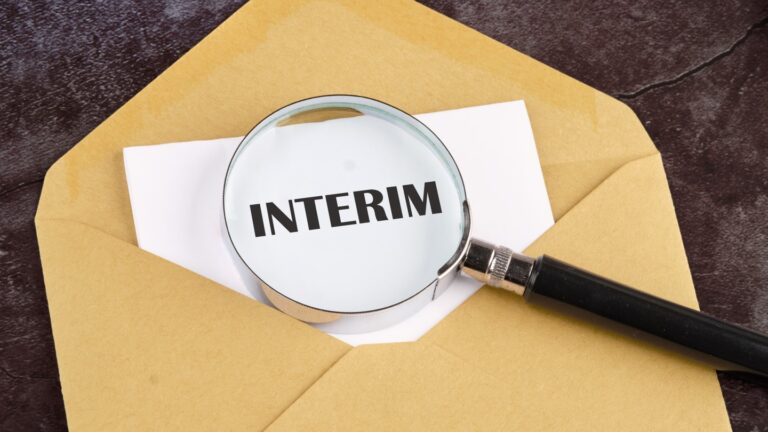How virtual reality can diagnose concussion
The topic of concussion has been in the news a great deal in recent months. With the Rugby World Cup, National Concussion Awareness Day and criticism over the way concussion is dealt with in football, head injury assessments (HIA) in sport have been a regular topic of conversation in the news.
A concussion is a type of brain injury. It occurs when the brain impacts the inside of the skull with enough force to temporarily affect the brain function. Symptoms can take time to display and each individual may suffer different symptoms. They may experience dizziness, nausea, confusion, an inability to process or retain information, sensitivity to light or have vision distortion. Whilst the majority of concussion injuries do not result in long-term damage, occasionally complications can arise from what may appear to be a minor injury.
World Rugby recognises concussion as such a serious injury that since 1st August 2015 HIA’s at elite level take place during matches where a head collision has occurred by using temporary substitutions. Even players who return to the field have a follow up assessment within three hours of the match. This is currently done using a check of symptoms, memory assessment and balance evaluation.
It’s becoming more and more important to accurately assess a brain injury, such as concussion, as quickly as possible. Especially in sports, where it can mean the difference between allowing an athlete to continue or taking further steps to safeguard their health. California-based company SyncThink are working to change how concussion is assessed in sport. Their new Eye-Sync goggles, use virtual reality to display a dot travelling in a rough circle and track the user’s eye movement to see whether they follow the movement of the dot. This is done to check whether the user is actually able to predict the movement of the dot as concussion affects the brain’s ability to process information from the eyes and predict movement. Whilst this new technology cannot be a definitive test for concussion, it may assist with a more accurate head injury assessment.
Last year the British Journal of Sports Medicine reported that on average, a professional rugby union player is more likely than not to sustain a concussion after 25 matches.
 Sync Think’s Eye-Sync goggles
Sync Think’s Eye-Sync goggles
Innovations in technology are changing the way in which we can detect, and treat, brain injury. Time is of the essence and with an early diagnosis and timely medical intervention the opportunity for an improved condition and future prognosis can make all the difference. If this new technology increases the likelihood of concussion being spotted, then this can only be a positive progression for sport and for treatment of brain injury in general. Concussion may be unavoidable in many sport-settings, however this doesn’t mean that we can’t take advantage of tools which could improve an athlete’s ability to achieve a quicker diagnosis and better treatment.
At Bolt Burdon Kemp our focus is to help our clients achieve the best possible outcome for their legal claims. We specialise in representing adults who have suffered brain injuries due to negligent medical treatment or an accident which was not their fault.










